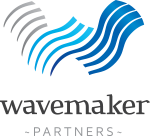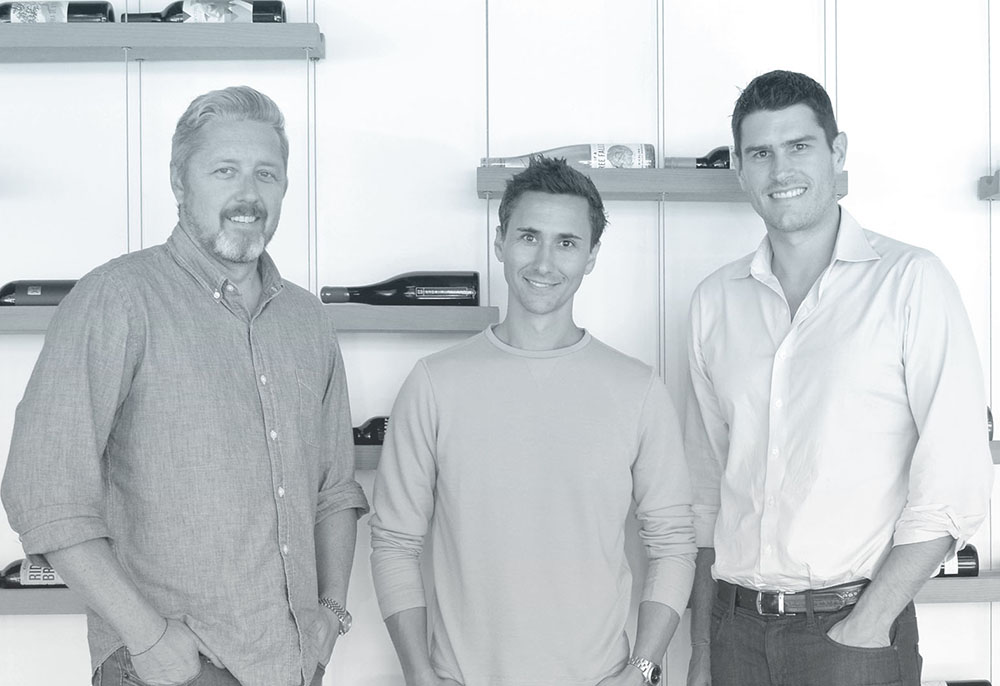Winc: Building a Category-Leader in Alcohol Ecommerce
Winc is a direct-to-consumer wine company with its own proprietary brands that delivers four bottles of wine a month to your doorstep.Wavemaker was fortunate to back Winc during it’s seed round. We recently sat down with Winc Co-founder and Chairman Xander Oxman to discuss the convictions that underpin the company and the path forward for Winc.
What was the unique insight behind Winc?
It’s funny, the unique insight behind Winc in some ways was the lack of insight. The thing that we started with and stayed really true to was to approach the industry and wine from the consumer perspective as opposed to the industry perspective. Lots of people try to do new things in the wine space but a lot of them come from the wine space. So I think you kind of end up with blinders that preclude you from seeing the world as it is. Quite honestly if we had not had the naivete of how messed up the industry is we wouldn’t have touched it.
The idea actually started because Geoff actually bought Mark a wine of the month subscription. Mark was like “this is cool man, wine just show up at my doorstep. I assume somebody out there is just curating it and I don’t have to think about it. I don’t know much about wine, I hate going to the store to buy it.” The whole customer experience in this space is pretty outdated, stuff shows up in a brown box. You have to call a 800 number if you want to cancel or skip. There is no website, there is no context around these wines.
The best wine experiences any of us had ever had was when somebody who really knew something about the bottle that you were about to enjoy gave you some rich story. It’s one of those things where context makes the experience and the product better. We thought there should be a way to deliver that in a much broader way through technology.
Ignorance is bliss then?
Totally. Or at least is a prerequisite condition for entrepreneurship in some cases.
Did you find the industry to be broken or did you just want to enable the same great customer experiences for all?
It’s hard to say it was broken. It is one of those things that worked. People have been buying billions of dollars of wine for a long time. But it wasn’t great. It took some sense of “this could be a lot better than it is” to really get started.
The other thing that was super apparent – this was 2012 – was that every category was going online. It just didn’t make sense to us why wine had not gone online at that time. Deep catalogue, longtail product category, a category where sometimes you want to learn a lot and sometimes you want to learn a little. Finally, There is no sort of tactile benefit to touching wine before you buy it.
In fact, it looked a lot like books and what Amazon had done with books and we just couldn’t reconcile why there was not more online activity.
What about regulation?
We knew there was a regulatory challenge in entering wine, but we ultimately thought that could be a competitive moat if we figured it out.
How did you convert these insights about wine into conviction?
There was no clarity at the beginning that this was going to be a fulltime job for any of us or even a venture-backable business. This was maybe interesting as a cashflow business. But, we learned very quickly that we had sort of hit a nerve.
We launched and we saw right away there was demand. People were excited about presenting wine in this way. There was this whole generation of consumers that hadn’t been spoken to in an approachable tone and hadn’t been offered this category through an online channel. We got conviction through just consumer demand.
Despite strong early demand, you still pivoted the business slightly. Can you explain what led to that decision?
We realized right away that the economics of the business were just terrible. We were completely upside down on the resale side. That led us to rethink the model and that led us to go vertically integrated to be able to capture more of the margin. Which led us to the second insight. I think the first insight was pretty obvious: that someone would eventually take the category online.
What we figured out pretty early was that there was also an opportunity to build brands online in this category and ultimately that would be super valuable. We were shipping people wine they had never heard of and getting them really excited about it. Once they found something they liked they wanted to reorder it. They wanted to buy more things from the same producer. The second key insight was “why introduce people to brands that we don’t own?”
So we started building out the supply-chain, crushing grapes, buying bottles and making wine. We knew in early 2013 this was the path we had to go down. It took us 18 months to get there. To phase out of our 3rd party products and have enough proprietary SKUs so we could be 100% our own stuff.
Did you guys have a moment where you realized scaling this would be expensive and what have we got into?
For sure. We had several of those moments. A lot of ecommerce companies have come and gone in since we started. Ecommerce is a game of pennies. Anyone who tells you that that part is easy and we can just outsource it is kidding themselves. You have to be ruthless with every variable cost center.
Think about all the billion dollar ecommerce companies that have fallen apart – Guilt, Lot18 (directly in our space) OneKingsLane, Fab.com. I think a common thread for a lot of these guys was the classic “we’ll lose money on every order but we’ll make it up on volume.” For better or for worse we just never drank that coolaid and never bought that line. The reality is you can bullshit investors about your unit economics, but you have to figure out if you are bullshiting yourself or not. It’s just not who we are. We’ve been very disciplined on working on margins, unit economics, LTV and not pretending that if we grow topline 100% year-on-year then we can figure out margins later.
How do you balance Winc as the corporate brand vs the 125 SKUs you have?
They come into conflict at times. Every Winc bottle we sell says Winc on it, but it’s on the back. That was a deliberate decision early on. From the consumer standpoint, It would be a wonky experience to get a bunch of bottles that say Winc #84, Winc #23 etc. You want some richness in your experience.
The diversity of our wines is so broad. The label is an important way of conveying that, so we wanted to be able to have different names and looks and feels. From a business standpoint, we believe that we are creating value independently in the wine themselves. Summer Water (a Winc wine) is independently a $20 million dollar brand. We want the flexibility – we have no intention of doing this in the new term – to decouple these brands from the Winc brand if we ever want to sell it. We could get to a point where it makes sense to keep growing Winc and creating new brands. Maybe the path we take instead of going out and diluting ourselves is selling a brand for $15 million bucks to create liquidity. We believe we can build wine brands more efficiently than anyone else.
We believe in the value of brands. We believe they are defensible in the long-term.
Do you see yourself extending the Winc model to other categories?
We’ve built a great relationship with consumers. We’ve already seen we can introduce them to the farthest parts of our category. We can do cider and sake under our license at some point. We can’t go spirits or beer right now. We’ve shown that we have enough trust with our consumer that if regulations change, which I firmly believe they will, we can introduce spirits to our customers in a DTC fashion.
Where do you see Winc 10 years from now?
I think we will have redefined how people think about this category. Internally in the industry we are already seeing this happen. We get a lot of attention not just form the winemakers and farmers but from the big boys in the space. 10 years from now consumers will broadly understand that this is how a modern alcohol beverage company should work.
For the wine enthusiasts out there, sign up for Winc now here and get $20 of your first order.



